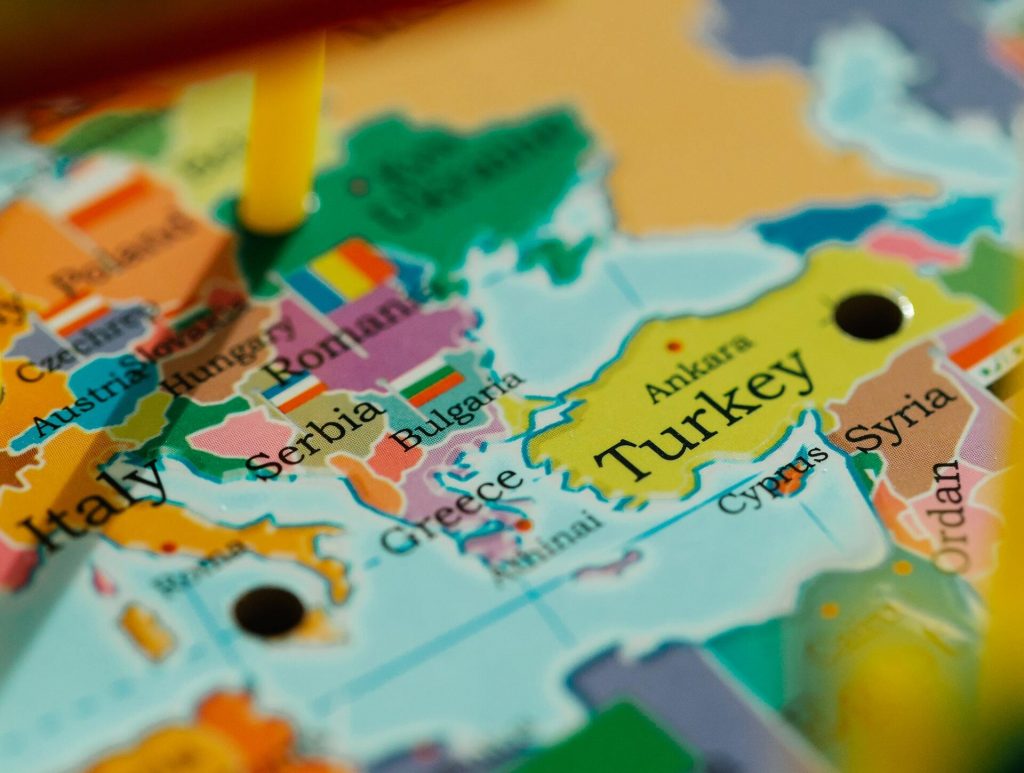Turkey has committed to an ambitious plan to double its renewable energy generation capacity, aiming to add 60 GW of solar and wind power by 2035, accompanied by a USD 10 billion investment in grid infrastructure. The World Bank estimates the entire initiative to cost between USD 75 billion and USD 100 billion, describing it as one of the most ambitious programs globally in the realm of energy transition.
In a video message during a World Bank-hosted panel at the COP28 summit in Dubai, Alparslan Bayraktar, Turkey’s Minister of Energy and Natural Resources, outlined the strategic goals. “Utilizing renewable resources, developing transmission infrastructure for more renewables, and increasing energy efficiency in all sectors are Turkey’s main goals,” stated Bayraktar.
Turkey, already boasting a total installed capacity exceeding 106 GW, has achieved a noteworthy 50% share of renewables in its energy mix. Bayraktar projected that by 2035, the country’s total installed capacity would reach 190 GW, with 60 GW dedicated to renewable electricity plants. He emphasized the importance of continuous grid improvement, stating, “Energy transition means constantly improving the grid.”
To accommodate the anticipated surge in renewable capacity, the Turkish government is actively developing a green grid with robust interconnectivity. Bayraktar announced, “The investments are projected at USD 10 billion by 2030.” As part of Turkey’s broader Energy Efficiency Action Plan for 2024-2030, the government aims to reduce emissions by 100 million tons cumulatively.
Humberto Lopez, World Bank country director, commended Turkey’s program, stating, “The decision to double renewable energy capacity by adding 60 GW of solar and wind by 2035 is one of the most ambitious programs the world has seen among energy transition countries.” He highlighted the comprehensive nature of the initiative, including the modernization and digitalization of the transmission grid, essential for integrating intermittent capacity and modernizing the distribution network.
Lopez emphasized the collaborative effort required for success, stating, “The whole initiative will cost USD 75 billion to USD 100 billion and require close collaboration among the public sector, private sector, and multilateral development banks including the World Bank.” He specified allocations of USD 60 billion to USD 75 billion for electricity production, USD 10 billion for transmission, and USD 8 billion to USD 10 billion for distribution, with the World Bank focusing on the transmission system and preparations underway for a new operation potentially reaching USD 750 million.

